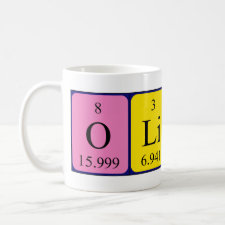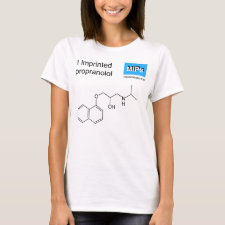
Authors: Castell OK, Allender CJ, Barrow DA
Article Title: Novel biphasic separations utilising highly selective molecularly imprinted polymers as biorecognition solvent extraction agents.
Publication date: 2006
Journal: Biosensors and Bioelectronics
Volume: 22
Issue: (4)
Page numbers: 526-533.
DOI: 10.1016/j.bios.2006.07.017
Alternative URL: http://www.sciencedirect.com/science/article/B6TFC-4KSD59X-1/2/ef592ab14715b2058537667b0742be50
Abstract: Molecularly imprinted polymers (MIPs) represent a class of artificial receptors that promise an environmentally robust alternative to naturally occurring biorecognition elements of biosensing devices and systems. However, in general, the performance of conventional MIPs in aqueous environments is poor. In the study reported here, this limitation has been addressed by the novel application of MIPs as a solvent extraction solid phase in a biphasic solvent system. This paper describes a previously unreported use of MIPs as solvent extraction reagents, their successful application to aqueous sample media and the opportunities for utilisation of this unique system in novel biosensing and separation procedures. This study demonstrates the development of a novel biphasic solvent system utilising MIP in the extracting phase to enhance both efficiency and selectivity of a simple two phase liquid extraction.Monodisperse propranolol imprinted polymer microspheres [p(divinylbenzene-co-methacrylic acid)] were prepared by precipitation polymerisation. Initially, the affinity of the polymers for (R,S)-propranolol was assessed by established techniques whereby the MIP demonstrated greater affinity for the template than did the non-imprinted control polymer (NIP). Importantly, MIP performance was also assessed using the novel dual solvent system. The depletion of (R,S)-propranolol from the aqueous phase into the polymer containing organic phase was determined. When compared to control extractions containing no polymer the presence of MIP in the extracting solvent phase resulted in an increased extraction of (R,S)-propranolol from the aqueous phase. Importantly, this extraction was significantly greater in the presence of MIP when compared to NIP.This unique principle generates opportunities for MIP based extractions and chemical enrichments in industrial applications, offering commercial, ecological and practical advantages to traditional solvent extraction techniques. The technique is readily transferable to analytical microsystems utilising MIP recognition elements generating promising opportunities for MIP based sensing of aqueous sample media
Template and target information: propranolol
Author keywords: Liquid-liquid extraction, solid phase extraction, solvent extraction, Biosensing, Molecularly imprinted polymers, molecular recognition, precipitation polymerisation



Join the Society for Molecular Imprinting

New items RSS feed
Sign-up for e-mail updates:
Choose between receiving an occasional newsletter or more frequent e-mail alerts.
Click here to go to the sign-up page.
Is your name elemental or peptidic? Enter your name and find out by clicking either of the buttons below!
Other products you may like:
 MIPdatabase
MIPdatabase









